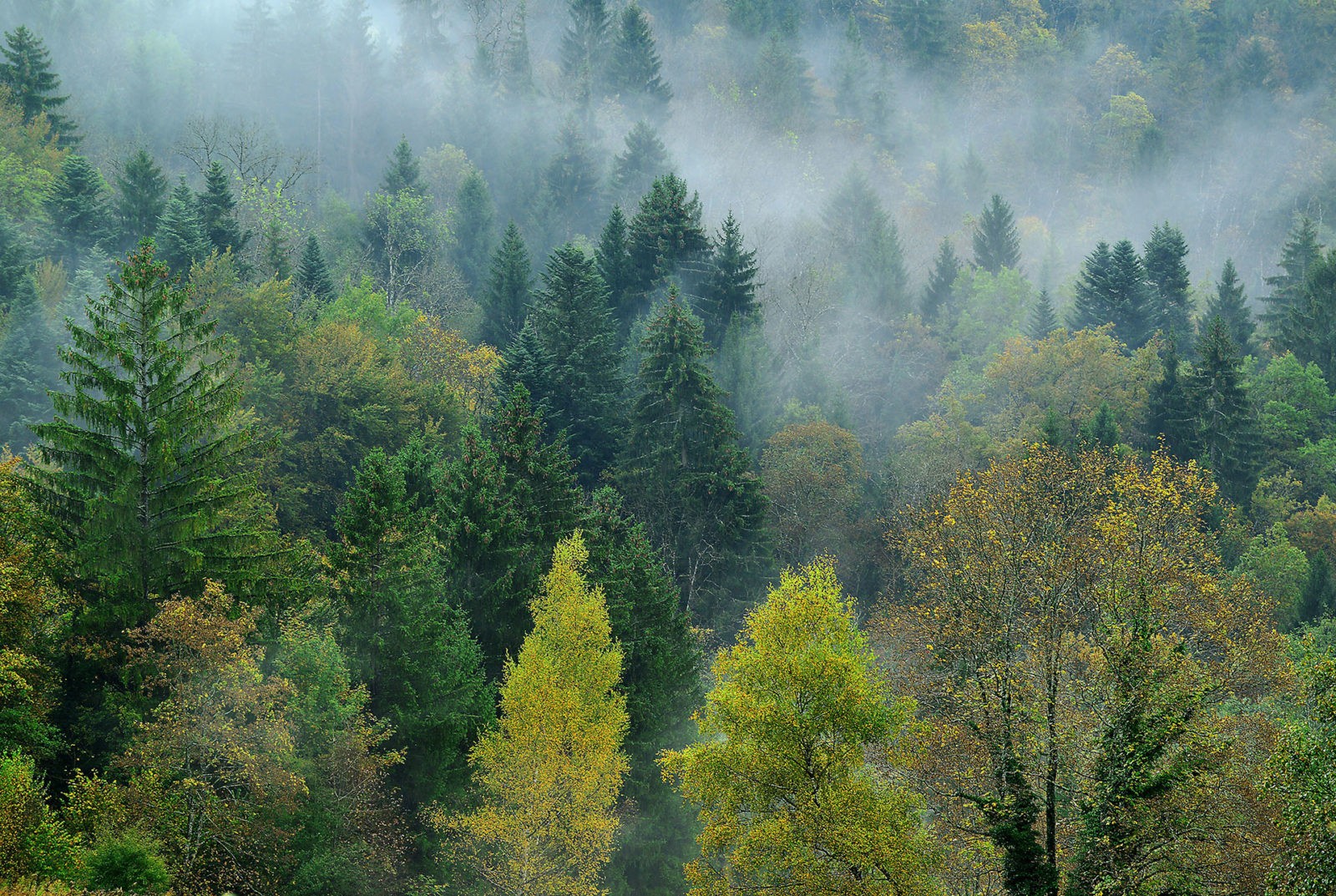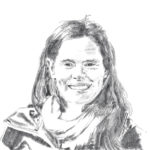Living Forest
What is a living forest?
Finally, it reduces health and economic risks through continuous cover and mixture.
Living forests are now a priority to address climate change and preserve the multitude of ecosystem services that forests provide to society.
Our technical team offers a series of tools and services to all those who want to commit to living forests:
- Training and technical support
- Communication, awareness, and scientific popularization
- ForestChange, a fund for living forests

What is CCF?
Continuous Cover Forestry (CCF) is a comprehensive approach to the forest that integrates its ecological, economic, technical, and social dimensions. It seeks the greatest compromise between the various expectations of society. By relying primarily on the natural dynamics of forest ecosystems, it guides them to create a sustainable forest with multiple services: wood production, conservation of biodiversity, protection of soils, wetlands, and quality water, public reception, carbon sequestration...
Based on maintaining continuous forest cover, mixing species, tree-scale management, natural regeneration wherever possible and sufficient, and the continuous search for optimal functioning of the entire forest ecosystem, CCF is based on the principle of the multifunctionality of forests and offers solutions to current changes and requirements:
- Better resilience of forests to health and climate crises
- Supports greater multifunctionality of forests
- Production of large, high-quality wood
- Reduction of investments and economic risks
- Preservation and strengthening of forest biodiversity
- Protection of soils and water
- Resilience and adaptability to crises (climate, health, wood market...)
CCF Charter
- Maintain or restore permanent tree cover and seek a balance between wood production and stand regeneration.
- Seek a diversified stand and promote minority species, especially native ones.
- Rely as much as possible on natural dynamics and achieve savings in investments by guiding them, if necessary, through light but frequent interventions.
- Aim for the production of large, high-quality wood
- Preserve, whenever possible, trees carrying micro-habitats and deadwood within the stand.
- Ensure the quality of timber harvesting to preserve all functions of the stand after logging.
- Maintain or enhance trees distinguished by their beauty, size, or age.
- Resolutely engage in achieving a fauna-flora balance.
- Locally establish old wood islands, or even forest reserves.
- Preserve remarkable intra-forest natural environments.
- Contribute to the development of hiking trails and public infrastructure.
Since 2013, the Walloon Region has the Circular No. 2718 "Pro Silva/CCF" from the Department of Nature and Forests (DNF). This circular imposes CCF in state forests and strongly recommends it in other public forests.
The non-profit Forêt.Nature has been mandated since 2013 for the operational and technical implementation of CCF.
In this context, many actions are carried out throughout the Walloon Region in the service of the DNF:
- Ensure continuous professional training of DNF agents.
- Provide specific training for cantonment chiefs, directors, and planners.
- Provide technical support on sorting to resolve blockage situations.
- Create advice sheets in preparation for marking.
- Provide support for irregular marking in conifers and hardwoods.
- Provide support for post-crisis renewal.
- Ensure technical and scientific monitoring of pilot compartments.
- Ensure technical and scientific monitoring at the European level.
- Contribute to and animate the prosilvadnf.be web platform. prosilvadnf.be
- Respond to technical requests from external services.
In service of other forest actors, including municipalities, CPAS and Church Factories, experts, private owners and managers, forest contractors and operators, students and teachers, naturalists, and teams from nature parks and nature reserves:
- Ensure continuous professional training.
- Provide on-site technical support to resolve blockage situations.
Actions supported by the following projects:








